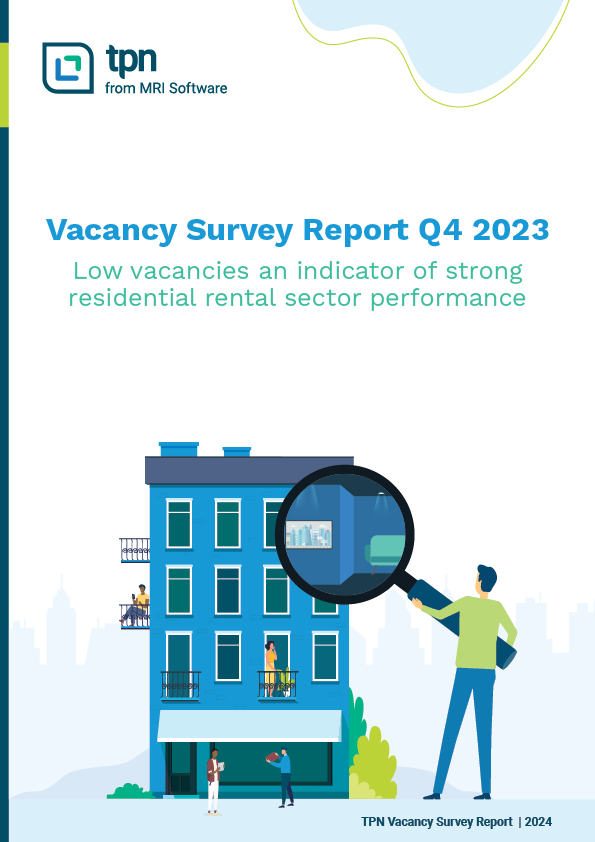Residential rental market over-supplied as demand wanes
Tenant demand for rental property in the third quarter of 2021 remains weak. This low demand is perhaps not surprising considering that the hard lockdown in the second quarter of 2020 wiped out 14% of all jobs. Even after some subsequent initial job recovery, the unemployment situation remains concerning at 34.4%, meaning 1.4 million pre-pandemic jobs have been lost.
The unemployment rate deteriorated again in the third quarter of 2021 with an additional 375 000 more jobs lost in the formal sector.
Exacerbating the challenge of high rates of unemployment are increased housing costs, water, gas and other fuels which account for 15.9% of household expenditure, with transport accounting for another 15.6%. Combined, these factors are a powerful incentive driving tenant behaviour towards cost savings such as downscaling, co-habitating or moving in with friends and family.
The TPN Market Strength Index is based on the perceptions and experience of estate agents and landlords of the residential rental market. Respondents are asked to rate whether the demand by tenants looking to rent is strong (100), average (50) or weak (0).
They are asked a similar question regarding their perception of whether supply of rental properties is strong (100), average (50) or weak (0). The data is then aggregated to provide a demand rating and a supply rating while the difference indicates the Market Strength Index where a result of 50 would suggest a market in equilibrium.
According to the index, demand for rental property in the third quarter of 2021 is only slightly higher than average at 56. Rental property supply, however, remains at pre-pandemic highs with a rating of 67. Weak tenant demand coupled with supply highs translates into a Market Strength Index of 44 which, in short, translates to an over-supplied residential rental market.
An over-supplied rental market with weak tenant demand has played out in high vacancy rates.
Encouragingly, vacancy rates may have peaked given that they have dipped to 10.66% in the third quarter, trending downward from 13.15% in the previous quarter.
According to the Quarterly Employment Statistics, the average monthly earnings paid to employees in the formal sector increased 9.7% year-on-year in May 2021. Higher salaries, however, don’t always translate into more disposable income particularly as the Consumer Price Index (CPI) is on the increase at 4.9% and creeping higher. Consumers also now need to factor in the higher cost of interest with the first of the South African Reserve Bank’s 25 basis point increases taking effect last week. An upward cycle of increases is predicted for 2022 and 2023.
Residential rental prices appear to have also reached the bottom of negative escalation and are slowly starting to rise into positive territory at 0.4% in the third quarter.
The only segment of the market which escaped negative escalation is the low value rentals category below R3 000 per month. However, this category’s current escalation of 1.26% is now on a downward slope.
Low value rentals are the most impacted category by persistent high vacancies. Rentals below R3 000 per month experience 12% vacancies while those between R3 000 and R4 500 are 13.32% vacant.
From a provincial perspective, only the Western Cape continues to suffer double digit vacancy rates at 11.07% while Gauteng, KwaZulu-Natal and the Eastern Cape are at 9.84%, 9.85% and 7.13% respectively.
With the exception of the Western Cape, most provinces have not seen a significant recovery in residential building activity. Residential building activity nearly halved year-on-year from 45 342 completed flats and houses in 2019 to 24 178 in 2020 and only 22 270 completed properties in the first nine months of 2021. Gauteng, which traditionally experiences the most building activity, saw new residential buildings completed reduced from 25 238 in 2019 to just 10 373 in 2020 and only 8 793 recorded to date in 2021. The Western Cape bucked the national trend and has outperformed 2020 numbers in the 2021 year to date.
However, fewer new buy-to-let properties may be a welcome relief for struggling landlords burdened with high vacancies, particularly as they are being forced to compete against larger players with highly available price-reduced rental portfolios.
Activity in alterations has also been subdued. This, however, is not a new trend. Post the global financial crisis, there has been a persistently slow decline in the number of square metres added to existing residential housing.
What is becoming increasingly apparent is the interest rate hiking cycle is likely to add further pressure to tenants in good standing in the next six to nine months. Landlords will have to weigh up metrics such as vacancies, escalation and delinquency as they look to maximise profitability.
To download the TPN Vacancy Survey Report for Q3 2021, click here.
Vacancy Survey Report Q4 2023
The many challenges currently facing consumers, including the increased cost of living, has benefited the residential property investor and the various industries that support the overall residential rental market ecosystem. Rentals continue to grow,…

